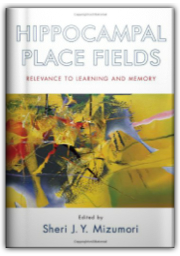
Data from neuropsychological and animal research suggest that the hippocampus plays a pivotal role in two relatively different areas: active navigation, as well as episodic learning and memory. Recent studies have attempted to bridge these disparate accounts of hippocampal function by emphasizing the role that hippocampal place cells may play in processing the spatial contextual information that defines situations in which learned behaviors occur. A number of established laboratories are currently offering complementary interpretations of place fields, and this book will present the first common platform for them. Bringing together research from behavioral, genetic, physiological, computational, and neural-systems perspectives will provide a thorough understanding of the extent to which studying place-field properties has informed our understanding of the neural mechanisms of hippocampus-dependent memory. Hippocampal Place Fields: Relevance to Learning and Memory will serve as a valuable reference for everyone interested in hippocampal function. 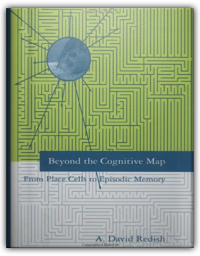
There are currently two major theories about the role of the hippocampus, a distinctive structure in the back of the temporal lobe. One says that it stores a cognitive map, the other that it is a key locus for the temporary storage of episodic memories. A. David Redish takes the approach that understanding the role of the hippocampus in space will make it possible to address its role in less easily quantifiable areas such as memory. Basing his investigation on the study of rodent navigation—one of the primary domains for understanding information processing in the brain—he places the hippocampus in its anatomical context as part of a greater functional system.Redish draws on the extensive experimental and theoretical work of the last 100 years to paint a coherent picture of rodent navigation. His presentation encompasses multiple levels of analysis, from single-unit recording results to behavioral tasks to computational modeling. From this foundation, he proposes a novel understanding of the role of the hippocampus in rodents that can shed light on the role of the hippocampus in primates, explaining data from primate studies and human neurology. The book will be of interest not only to neuroscientists and psychologists, but also to researchers in computer science, robotics, artificial intelligence, and artificial life. 
Studies of mechanisms in the brain that allow complicated things to happen in a coordinated fashion have produced some of the most spectacular discoveries in neuroscience. This book provides eloquent support for the idea that spontaneous neuron activity, far from being mere noise, is actually the source of our cognitive abilities. It takes a fresh look at the co-evolution of structure and function in the mammalian brain, illustrating how self-emerged oscillatory timing is the brains fundamental organizer of neuronal information. The small world-like connectivity of the cerebral cortex allows for global computation on multiple spatial and temporal scales. The perpetual interactions among the multiple network oscillators keep cortical systems in a highly sensitive metastable state and provide energy-efficient synchronizing mechanisms via weak links. 
This book addresses the molecular bases of some of the most important biochemical rhythms known at the cellular level. The approach rests on the analysis of theoretical models closely related to experimental observations. Among the main rhythms considered are glycolytic oscillations observed in yeast and muscle, oscillations of cyclic AMP in Dictyostelium amoebae, intracellular calcium oscillation observed in a variety of cell types, the mitotic oscillator that drives the cell division cycle in eukaryotes, pulsatile hormone signaling, and circadian rhythms in Drosophila. This book will be of interest to life scientists such as biochemists, cell biologists, chronobiologists, medical scientists and pharmacologists. In addition, it will appeal to scientists studying nonlinear phenomena, including oscillations and chaos, in chemistry, physics, mathematics and theoretical biology. |

This book introduces the reader to the main quantitative concepts, methods, and computational techniques needed for the development, evaluation, and application of tests in the behavioral/social sciences, including educational tests. Two empirical examples are carried throughout to illustrate alternative methods. Other data sets are used for special illustrations. Self-contained programs for confirmatory and exploratory factor analysis are available on the Web. 
McGill University, Quebec, Canada. Comprehensive coverage of the temporal lobe and limbic system anatomy and literature review/critique. Halftone illustrations. DNLM: Temporal Lobe. 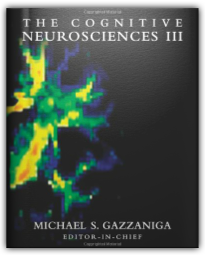
Each edition of this classic reference has proved to be a benchmark in the developing field of cognitive neuroscience. The third edition of The Cognitive Neurosciences continues to chart new directions in the study of the biologic underpinnings of complex cognition — the relationship between the structural and physiological mechanisms of the nervous system and the psychological reality of the mind. Every chapter is new and each section has new participants. Features of the third edition include research that maps biological changes directly to cognitive changes; a new and integrated view of sensory systems and perceptual processes; the presentation of new developments in plasticity; recent research on the cognitive neuroscience of false memory, which reveals the constructive nature of memory retrieval; and new topics in the neuroscientific study of emotion, including the "social brain." The new final section, "Perspectives and New Directions," discusses a wide variety of topics that point toward the future of this vibrant and exciting field. 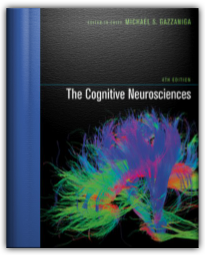
The fourth edition of the work that defines the field of cognitive neuroscience, offering completely new material. 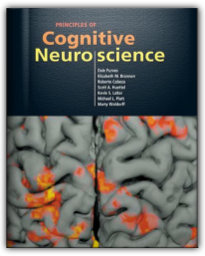
This book, written by seven leaders in the field, is intended to inform readers at all levels about the growing canon of cognitive neuroscience, and to make clear the many challenges that remain to be solved by the next generation. Chapters begin with a brief introduction and end with a summary; in addition to the narrative text, richly illustrated in full color, each chapter includes boxed material on topics of special interest. Extensive references to useful reviews, important original papers, and books are provided. In addition to an appendix that covers the essentials of neural signaling and an extensive glossary of key terms, each copy comes with Sylvius 4, which includes an interactive tutorial on human neuroanatomy and a digital atlas of human brain structure. |

Máté Lengyel
Collection Total:
201 Items
201 Items
Last Updated:
May 28, 2012
May 28, 2012


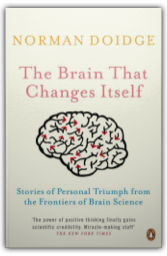



 Made with Delicious Library
Made with Delicious Library